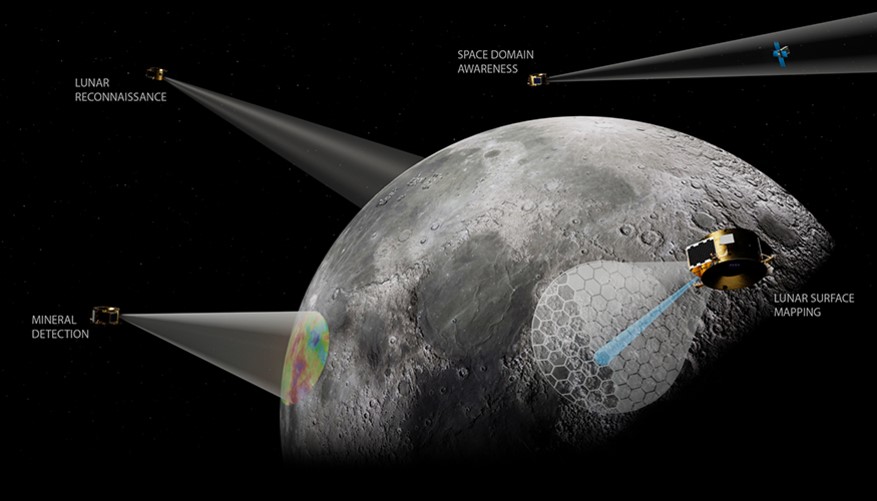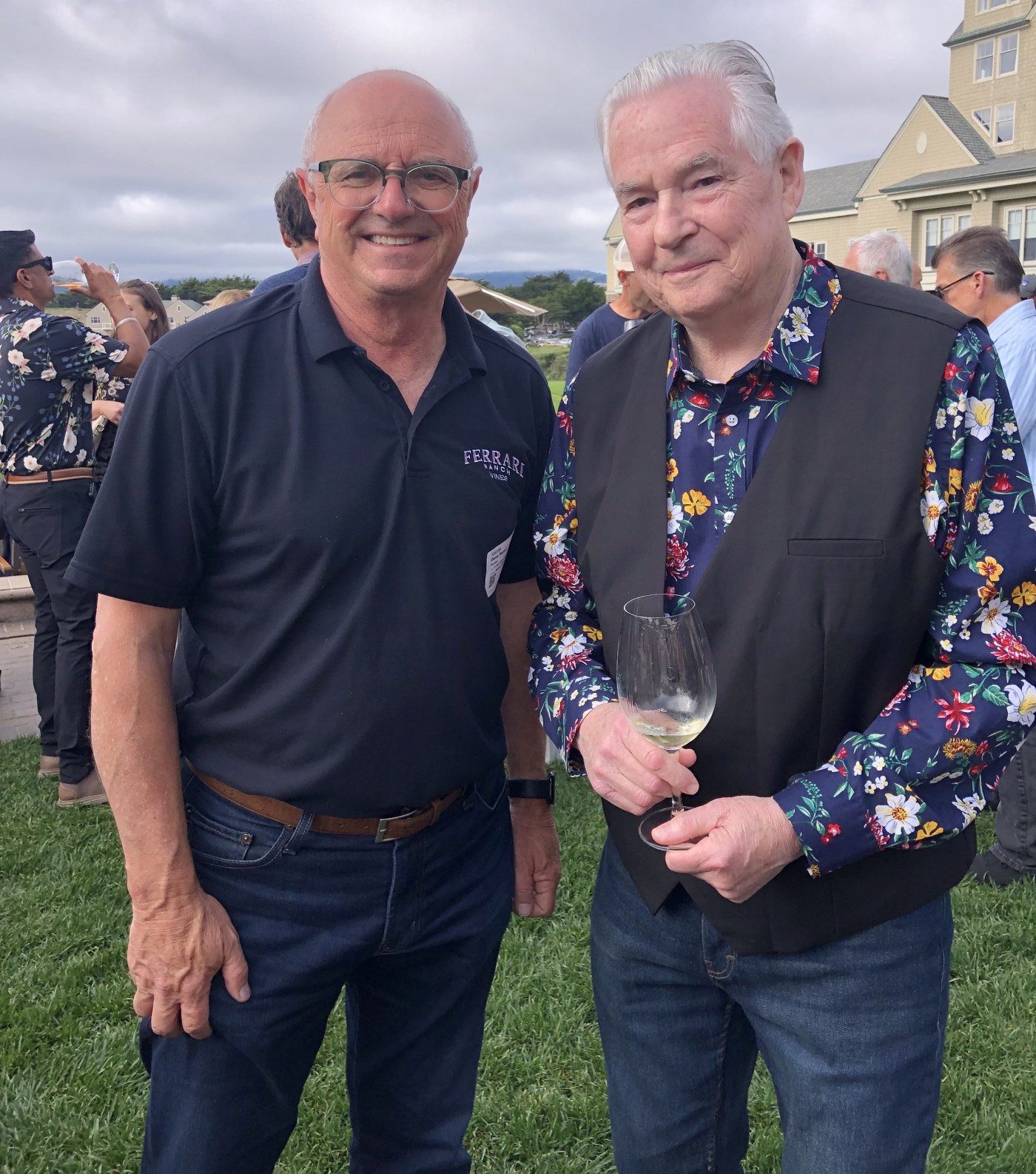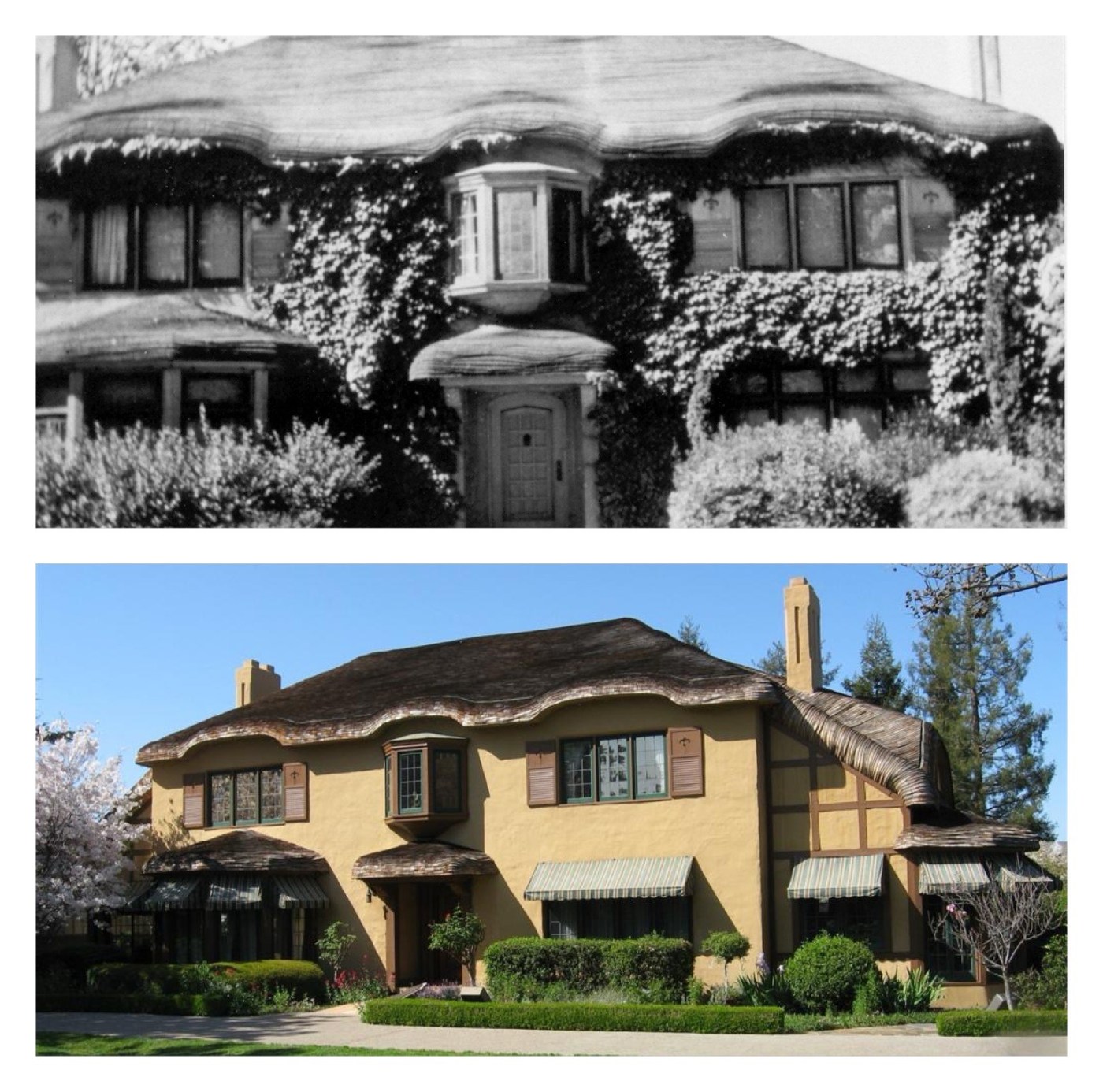Lawrence Livermore National Laboratory will have 13 months to develop a low-orbit telescope that will be part of a space mission expected to launch in 2027 to help select future moon landing sites, map mineral deposits, and eventually identify deep space threats to Earth.
The LLNL monolithic telescope project, in partnership with the Department of Defense and the private rocket company Firefly, joins an effort to reignite the United States’ lunar exploration program – dormant for more than a generation – and compete in a rapidly growing space-exploration industry.
“The huge demand for space services is a whole new world, even compared to just 15 years ago,” said Ben Bahney, LLNL’s program lead. “Even for a non-human space mission, this is a very aggressive schedule… Fundamentally, the reason why we can build these monolithic telescopes so quickly is because all of the really hard engineering is done at the manufacturing point of the glass.”
LLNL will create a “monolithic telescope,” a patented technology using a single piece of glass fused to telescopic mirrors, that will attach to Firefly’s orbital vehicle known as Elytra Dark. Once operational, the Elytra Dark’s “Ocula service” will provide a highly maneuverable telescope that can be used for Department of Defense missions and various commercial endeavors.
“Ocula will be one of the first — if not the first — commercial lunar imaging service on the market,” Firefly Aerospace CEO Jason Kim said in a press release. “This service will fill a void for our nation with advanced lunar imaging capabilities and a sustainable commercial business model.”
The global space economy was measured at $630 billion in 2023, according to the global management consulting firm McKinsey. The company released a 2024 report outlining the “next frontier” of capitalism in space, which predicted the global space economy will be worth $1.8 trillion by 2035. The ability to enhance lunar imaging capabilities — at scale — will be key to the industry’s endeavors.
The 20-kilogram (about 44 pounds) monolithic telescope is one of the largest the lab has ever made, Bahney said. Its mass is right at the limit of where a traditional telescope would be lighter, he said, yet it is “almost as powerful as some of the most powerful telescopes in the world.” In only 13 months, LLNL will deliver two of these optical telescopes and an electronics module with an NVIDIA processor.
Lawrence Livermore National Laboratory will attach a monolithic telescope to Firefly Aerospace’s orbital vehicle, the Elytra Dawn, to perform space domain awareness operations. (Firefly Aerospace)
The aggressive schedule to deliver the project is necessary to compete with the growing interest in space, Bahney said. More countries are planting their flags on the moon, and the United States wants to have a scout to monitor how foreign entities are operating. The Chinese space program already has a relay satellite in orbit and has plans to put astronauts on the moon by 2030. And India marked a historic landing on the Moon’s South Pole with its Chandrayaan-3 spacecraft last year.
LLNL and Firefly will be important partners for NASA’s Artemis program, whose mission is to establish a permanent base on the Moon to prepare for future human missions to Mars. The next mission, Artemis II, will launch the first crewed flight as part of the program in April 2026, followed by a surface landing on the Moon’s South Pole in mid-2027.
“The lunar mission that we’re flying in a year is going to be tough. The thermal environment in lunar orbit is really nasty, the radiation environment is pretty bad,” Bahney said. “Those are the things that we’re really trying to get our hands on right now… Getting to the moon is hard.”
There’s a reason why the United States has not gone back to the Moon since the Apollo 17 mission in 1972: It’s expensive.
Each launch from the John F. Kennedy Space Center’s Space Launch System costs upward of $2 billion per launch, according to a 2019 memo by the U.S. Office of Management and Budget. But advances in commercial space travel have significantly reduced the cost of launches; SpaceX’s Falcon 9 rocket launches three times a week for $62 million per launch.
LLNL’s monolithic telescope’s single, 10-inch diameter lens is less problematic than past telescopes, Bahney said. Traditional telescopes such as the Hubble or James Webb use two pieces of glass that require extremely precise calibration to function, which can lead to painfully expensive and complex fixes. When the Hubble Telescope was launched in 1990, scientists and engineers were dismayed to find the main mirror’s shape was off by 1/50th the thickness of a human hair, causing a blurry “spherical aberration” of deep space images. NASA spent approximately $50 million to fix it.
“The reason why it’s useful is that you can’t defocus it if everything is fused together in a single piece of glass,” Bahney said of the plan for the new telescope.
Bahney said the demand to have a responsive, maneuverable satellite in lunar orbit is so important to commercial and civil growth on the moon that the Department of Defense has a special designation for it.
“(It’s called) the Sinequone (Sine qua non) Project, which means, essentially, ‘absolutely necessary’ in Latin,” Bahney said. “The DoD thinks that having this capability ready is going to be absolutely necessary, because we’re going to have to respond to the need for imaging in deep space.”





